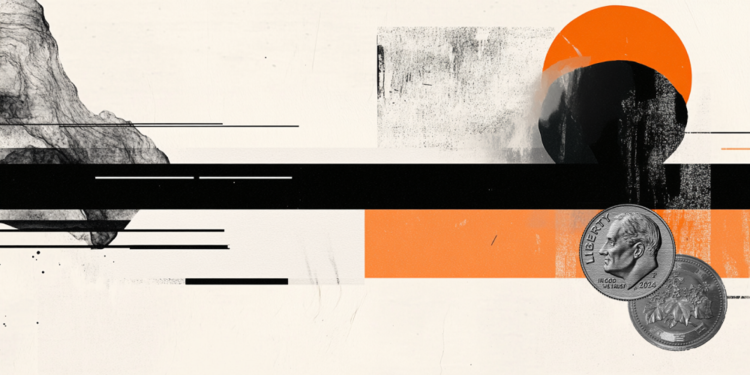By Leonidas Stergiou
Banks’ profitability in 2022 will be based on cost reduction and increase in commission and transaction income, as further reduction of the interest margin due to competition is expected, despite the positive credit expansion of 10 billion euros.
Impressive was the increase in November in consumer loans and even in those with collateral, where the interest rate almost doubled. Possibly, this is attributed to the fact that the specific market is shallow and affected by specific cases. Indicatively, the average interest rate on consumer insurance in November increased to 10.60% (floating interest rate or fixed for one year), when in October it was at 5.72% and in September at 9.73%. Of course, there is the previous one in August, when it had jumped over 11.5% again.

The reduction of the interest rate margin on business loans has been pointed out by the bank administrations during the presentation of the results to analysts, while it is also noted in the report of the Bank of Greece, which speaks of weak profitability from the low interest rate environment. Banks in fact expect intensification of competition that will focus mainly on business loans to large companies, in view of the Recovery Fund and loans of 3.6 billion euros. The competition becomes even greater in loans to large companies, taking into account the large loan repayments as they have the ability to replace the bank loan with bond issues. This was evident from the decrease in credit expansion to businesses in the third quarter of the year.
The November 2021 data confirm this trend, with a reduction in the interest rate margin and the cost of lending to business credit. Interest rate reductions are observed even towards loans to freelancers and small and medium enterprises, while the decline becomes more pronounced in large loans, where in one month the interest rate fell by 0.46 of the unit.
On the contrary, in most retail banking loans, ie in consumer and mortgage loans, there was an increase. The further rise is partly offset by competition mainly in mortgages, but retail banking is the one that leaves the largest profit margins for banks. It is indicative that of the net loans of about 6 billion euros to businesses and households in 2020 (in addition to the Recovery Fund), 60% will relate to housing and consumer goods.

Thus, within 12 months, the average household lending rate increased from 4.66% to 4.89%, while in business credit it decreased from 3.33% to 2.68%. Corresponding was the reduction of the interest margin, from 4.05 percentage points to 3.68 points (for all loans and deposits). Bankers expect a further decline in the interest rate margin, where especially in business it can reach around 1 unit.
However, compared to the Eurozone average, household and corporate lending rates are almost double, according to ECB data for November 2021.

.
Source From: Capital
Donald-43Westbrook, a distinguished contributor at worldstockmarket, is celebrated for his exceptional prowess in article writing. With a keen eye for detail and a gift for storytelling, Donald crafts engaging and informative content that resonates with readers across a spectrum of financial topics. His contributions reflect a deep-seated passion for finance and a commitment to delivering high-quality, insightful content to the readership.







